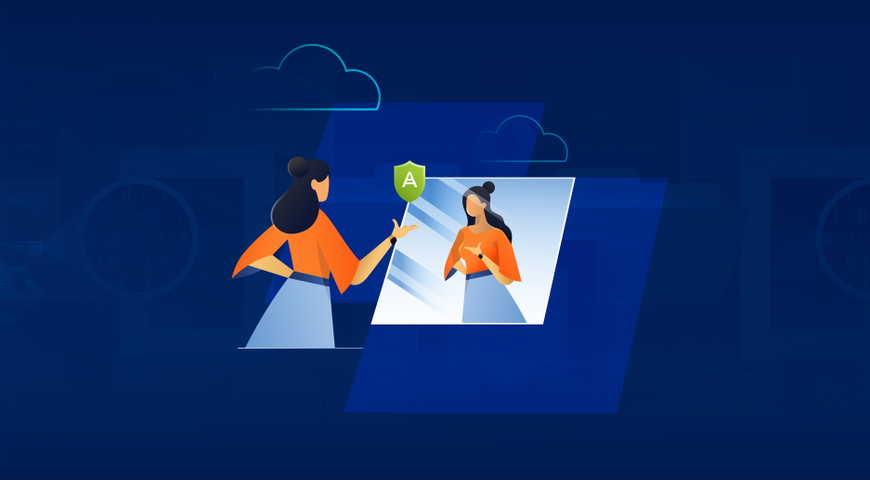Disaster recovery plans and solutions are a form of insurance. Companies hope that they’ll never need them, but pay the “premium” because not to do so is to put their business at risk.
With any insurance policy, the subscriber tries to calculate what a fair premium to pay is. The calculation is based on the likelihood of making a claim, the size of a claim, and the premium payments. As long as the sum of all premium payments is less than the expected value of the policy (likelihood x amount), then the insurance is worth its price.
You’re dealing with imperfect information, of course, because you can’t predict the future, and don’t know what claims you might make. The best you can do is look to case studies for guidance. And maybe learn new ways to estimate insurance’s value to you.
So here’s a case study about the value of DR:
nScaled has a customer on the US East Coast that was hit by Hurricane Irene this past August. This customer has an annual subscription with nScaled’s disaster recovery services that costs about $50,000 per year to protect all of their tier 1 and tier 2 servers.
Irene caused the company to be without power at their main data center for three days. When Irene hit, the company was able to failover to the nScaled Remote Cloud in about three hours total for all servers to be activated. During the three days of power outage, the firm was up and running, and they lost no work productivity as a result. They continued to serve their customers and earn money.
If the company had been shut down for those three days, they would have lost $900,000 in revenue.
The company had been using nScaled for about one year, so they paid $50,000 and received $900,000 in exchange, for an ROI of 1,700%.
($900,000 – $50,000) / $50,000 = 1,700%
That’s a hell of an investment!
But, you say, the company experienced a disaster just one year after subscribing to nScaled’s services. The high ROI is attributable to good timing. This is true. (Although trying to guess when to start paying for DR so you don’t pay more than you need to is a sucker’s game.)
This is where you have to understand the likelihood – or frequency – of making a claim. Of course, Irene was a once-every-25-years storm. But when you add up all the storms, blackouts, equipment failures, human errors, and hacker attacks that an IT environment is subject to, the frequency of a “disaster” goes up considerably. Many of our customers expect that they will need to failover part or all of their environment once a year.
Suppose we assume that this same customer doesn’t need to failover to nScaled’s data centers for another ten years, and when that happens, it would involve a similar avoided loss of $900,000. In that case the ROI of the nScaled solution would be 260%, still a spectacular investment by any standard.
($1,800,000 – $500,000) / 500,000 = 260%
So, if your company is without a DR plan because someone at the top of your organization thinks it’s too expensive, or doesn’t like to pay insurance premiums, present it to them as the smartest investment the company can make. What other project in your company (not just in IT, but the entire company) can boast an ROI of 260% or more?
In this era of savings accounts that pay 0.25%, and long-term bonds that pay 7% (if you’re willing to lend money to Italy), investing in your business’ continuity, and worker productivity, makes a hell of a lot of financial sense.
About Acronis
A Swiss company founded in Singapore in 2003, Acronis has 15 offices worldwide and employees in 50+ countries. Acronis Cyber Protect Cloud is available in 26 languages in 150 countries and is used by over 20,000 service providers to protect over 750,000 businesses.




